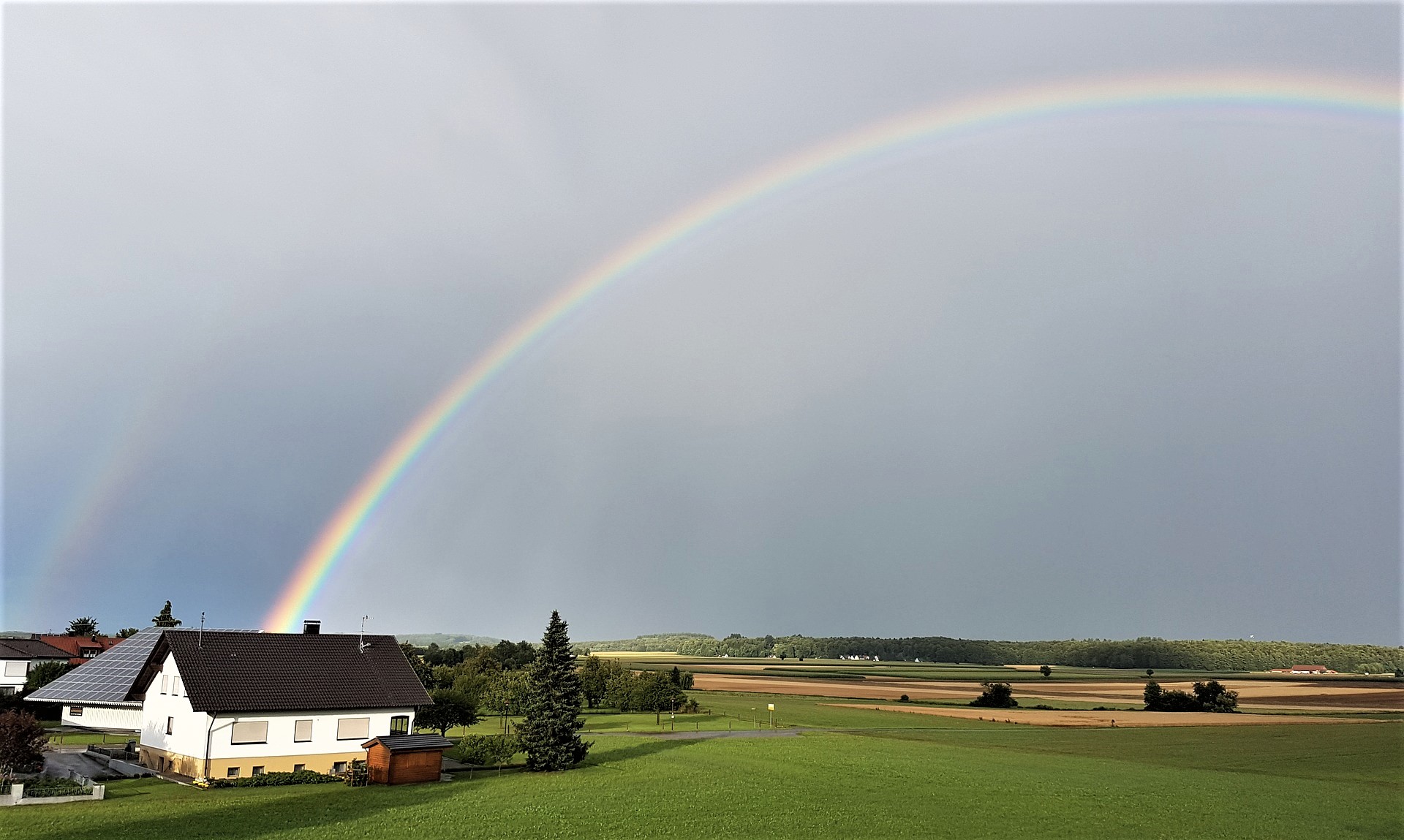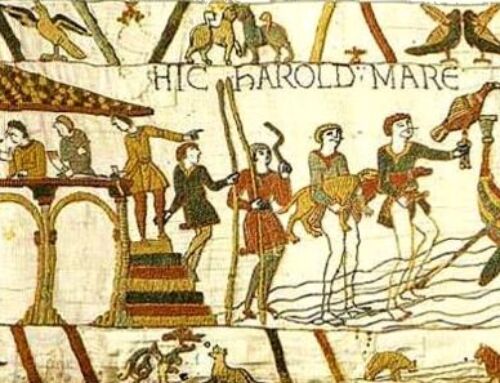Mega country star Miranda Lambert is one of those feisty blonde bombshells who bursts onto the country music scene every so often and takes it by storm. She has earned a reputation as a take-no-prisoners femme fatale toward all those lyin’ and cheatin’ losers of country music legend.
(If you doubt me, just watch Miranda’s earlier music video “Kerosene”. The name tells you all you need to know about what she does to her two-timing beau’s house!)
Dramatics aside… I think Miranda has most of her values in the right order, and the best song in her repertoire song proves it: “The House that Built Me”.
Seven Years to Craft
Normally, she writes her own music, but the team of Tom Douglas and Allen Shamblin wrote her magnum opus.
According to wideopencountry.com, this one took seven years to write. Douglas wrote the first draft of it and then asked Shamblin to partner with him. They eventually produced a demo and pitched it to a number of country music outlets, who ignored it, for some strange reason.
Like all good things, it did not mature before its time.
After working on it for a couple more years, the writers thought it would best be performed by a male artist, so they pitched it to Blake Shelton, who was Nashville’s hot male voice in the mid-2000s.
It was good timing because Blake happened to be dating Miranda just then. When she saw the demo on the counter and popped it into the CD player, she broke down in tears and knew it had to be hers. (Shelton, who valued his house, wisely acquiesced.)
It turns out that the story line of the song was almost identical to Miranda’s own story. After a period of homelessness in her childhood, her family found refuge in an old abandoned house that her dad re-built to make their family home. Miranda’s personal story even includes burying a 14-year-old dog on the property (reflected in one of the lines of the song).
Healing and Grace
It’s an especially powerful, almost heart-wrenching story for me since I once went back to “the old neighborhood” in the large city where I grew up and discovered, to my unmitigated horror, that my family home had been torn down.
That sacred space where my parents nurtured their young family for all those tender years of childhood had been wiped off the map, the victim of the perverse “progress” of modern American cities that have decayed into shells of their former selves.
I’ve had worse traumas in my life, but not many. There’s nothing quite like showing up in the old neighborhood after years of being away, eager with anticipation to lay eyes on a house full of memories…and finding an overgrown field instead.
Brick and mortar houses do not have the same value as living families. I understand that. Homes just give families a context in which to live and grow and (hopefully) thrive.
The deeper value of family homes is that they build us, in a very real sense. They are the places where so many of the influences that create our personal identities come together for a season and then leave their mark on the doorposts and lintels of our souls, signs of faith and dignity.
Their unity and stability as structures stand as a reproach to the later fragmentation of our lives: the trials and sorrows and cynicism of the world sometimes make us forget who we are.
Happy homesteads give us the healing grace of roots, if we are so lucky as to have one to go back to.
The Constant Theme of Home
Home is not just a secular reality, though. It is a constant theme of faith.
Every page of Scripture from Genesis to Revelation exudes a message of home. The references are too many to cite, but let’s name just a few:
- God gave Adam and Eve the Garden of Eden to cultivate and make their own;
- Abraham left the land of his birth and was given a new homeland by God;
- The Israelites received their own promised land flowing with milk and honey;
- The 12 tribes of Israel “grew up” in that land, you might say, and then built a dwelling place for God with the Temple as their center;
- Our Lord Jesus Himself was born into a family and was raised in a home in Nazareth, and his human father was a carpenter;
- Even as a child, Jesus called the Jewish Temple “my father’s house”;
- He later said that He was going to “prepare a place for us” in heaven, reminding us of the temporary nature of our homes here on earth;
- The Book of Hebrews says that we have a “better and more lasting home” (Heb 10:34) in the kingdom to come, and
- Revelation speaks of an ultimate home: the New Jerusalem, a place where “every tear will be wiped away” (Rev 21:4) – the place of final rest and ultimate peace!
In recent church history, no pope spoke more frequently about family life than Pope John Paul II did, so it was fitting that at his funeral in 2005, Cardinal Ratzinger announced to an international audience that John Paul had finally “gone home to the Father’s House.”
Everyone in the entire world, regardless of faith or culture, understood that image.
Where the Heart Is
The concept of home resonates deeply in the hearts of decent people who value family and the grace of roots. Maybe that’s why Miranda Lambert’s love ballad to a family home became an instant hit when it was released in 2009.
Feisty cowgirl songs may have put Miranda on the charts, but “The House the Built Me” won her an Emmy Award that year, not to mention the country music industry’s Song of the Year, Single of the Year, and Music Video of the Year, among others.
To say that the song “struck a chord” in the hearts of country music fans was an understatement. Home truly is where the heart lies, and everyone knows it.
Don’t Miss This Video
You don’t have to be a country music fan to appreciate this amazing music video (okay, the country twang might take a little getting used to). But I have no doubt that the four minutes it takes to watch it will be the best four minutes of your day.
This video is brilliantly made. Here are a few things to look for:
- Full circle: When Miranda arrives at the rural home in her big country star touring bus, the cares of the world weigh heavy on her heart. At the end of the video, as she is returning to the bus, she looks back at the home with the deeply contented look of someone who has just been relieved of a great burden.
- Healing and identity: She sings of “brokenness” and “getting lost” in the wretched world as negatives that have left their marks on her, not for the better. The return to her roots provided healing at the very core of her being because she returned to the place that had left deeper marks of human love on her, forces that created her deepest identity.
- Memories of grace: Every rung of the banister, every fixture, every board in the wall has meaning for her. As she walks room to room, her flashbacks evoke indelible memories of a more innocent time that formed within her the talents and inspirations of the life she now lives.
The culminating scene shows her walking up the stairs to her old bedroom. The adult Miranda opens the door onto an immediate vision of the younger Miranda diligently practicing on her first guitar in the room. To her surprise, her younger self looks up and smiles ever so sweetly at her older self. (I dare you to keep a dry eye at that moment.)
Undoubtedly, “The House that Built Me” will one day enter into the hallowed halls of country classics. It’s not just because it is a well written song with a perfectly executed video, but mostly because it plucks the heartstrings of those who know the blessing of a happy home or – if they were not so lucky – look forward to a better one to come.
“The House That Built Me” (duration, 4:11)

Soul Work
Miranda Lambert’s song contrasts the “brokenness” of real life with the grace of home, where innocence and wholeness are paramount. If you’ve been so lucky as to have had a happy childhood, thank God for that blessing, which formed the foundation of your identity, interests, and personality for the adult life you now live.
Thank God for each person who had a hand in forming you: not only parents and relatives but teachers, coaches, positive influences, etc. They are all part of the foundational experience. Pray for them by name today.
If you haven’t had the blessing of a good family of origin, ask the Lord in prayer to understand its deeper meaning. There is always some good that comes out of pain and sorrow, and a bad start doesn’t solidify your future. It’s not how you begin in life that matters. It’s how you end.
Ask God for the grace to live life to its fullest and to be able to make a difference in the lives of others who don’t have the blessings of good families.
———-
[This article is a reproduction of the Sacred Windows Email Newsletter of 11/14/21, so it does not end with the regular Soul Work section. Please visit our Newsletter Archives.]




Leave A Comment